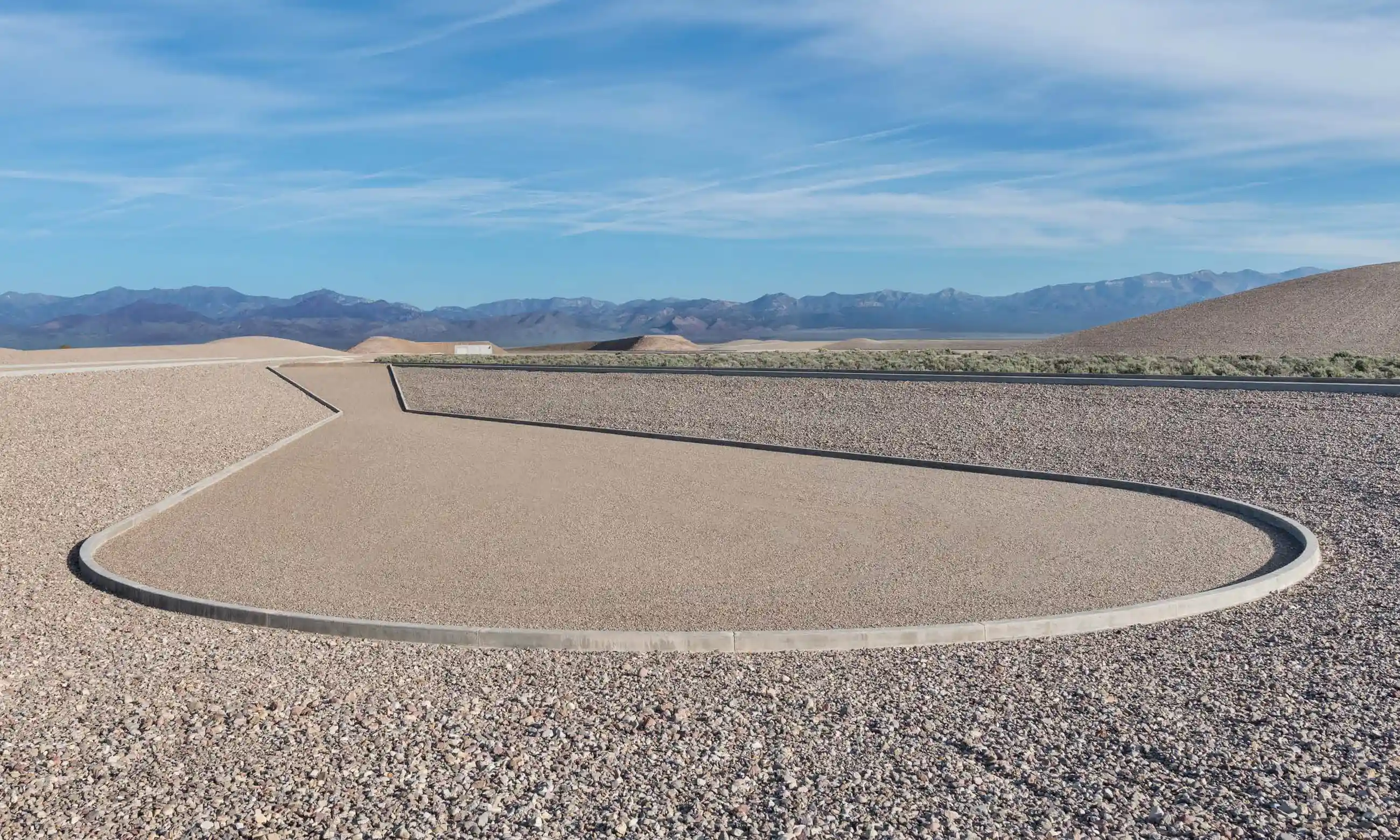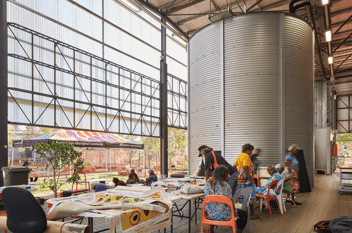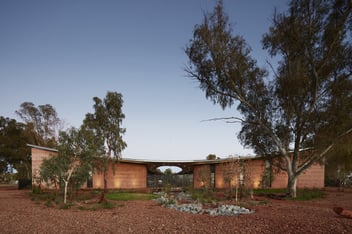The Sustainability of a Monument
Sustainability comes in many forms, a building might be so loved by a community that it is never demolished, or it may have net-zero carbon output, or perhaps the project enhances the natural environment…
When we begin to consider the sustainability of a ‘monument’ – that is to say, an object or building that has little use beyond its presence, we are met with some conflicts.
Monuments may be incredibly important for the unification or recognition of communities, they might be a cultural statement and in some cases, monuments can do an excellent job of ostracising the community.
An interesting recent example is Michael Heizer’s ‘City’, a monumental series of sculptures that have recently been unveiled in the previously inaccessible desert of Nevada. This project has been in the works for 50 years and involves large-scale pieces of land art (art using sand, rock etc.) and concrete.
Heizer has created a revised desert landscape.
Over 50 years this project has dug up and reshaped, consumed energy and reinvented a large area of the significant Basin and Range National Monument to create this significant piece of art – but at what cost?
What is more important; a cultural beacon for this previously inaccessible place, or leaving the landscape to be in its natural state?
It begs the question, does the value of the project as a monument over time outweigh its sustainability impact?






